It's hard to have a conversation about nootropics without at least mentioning piracetam. After all, it was the discovery of piracetam that inspired the creation of the word nootropic.
Piracetam is a popular nootropic that has been around for a long time. And unlike many newer nootropics, it has decades of research behind it to support its safety and efficacy.
The nootropic benefits of piracetam can include increased focus, improved mood, and reduced anxiety. And, when taken daily, research shows that it can have a variety of mental and physical benefits. Researchers have found that piracetam can improve blood clotting1, reduce the symptoms of depression and anxiety2, treat breath-holding spells in affected individuals3, and much more.
We're gonna look at the potential benefits, negative effects, dosage, and history of this fascinating substance. But first, let's look at what exactly piracetam is.
What Is Piracetam?
Piracetam is a nootropic substance that is a member of the racetam family. These include a number of chemically similar compounds, many of which have nootropic benefits.
This interesting substance was first created in 1964 by the Romanian chemist and psychologist, Corneliu E. Giurgea4. He was the first person to use the term nootropic, after noticing piracetam's apparent cognition-enhancing properties5. This makes piracetam the first nootropic.
Piracetam (also known as pyracetam, pyrrolidone acetamide, 2-Oxo-1-pyrrolidine, Memotropril, and Nootropil) is chemically similar to GABA. Its chemical name is 2-oxo-pyrrolidine acetamide. Though Piracetam is used as a prescription medication in some countries, it has not been approved by the Food and Drug Administration (FDA) to treat any medical conditions. Because of this, in the United States it is technically illegal to sell as a dietary supplement6. However, it is legal to sell for other purposes. And it's legal to buy and possess.
 In several parts of the world, piracetam is used as a prescription medication to treat a number of conditions. It is used in much of Europe, Russia, South America, and other parts of the world. It is commonly sold under the brand name Nootropil.
In several parts of the world, piracetam is used as a prescription medication to treat a number of conditions. It is used in much of Europe, Russia, South America, and other parts of the world. It is commonly sold under the brand name Nootropil.
Like all drugs that affect the brain, it is not completely understood how piracetam works. It affects neuronal, vascular, and cognitive function without acting as a stimulant or a sedative7. Piracetam is a positive allosteric modulator of AMPA receptors8.
Piracetam also improves the function of the neurotransmitter acetylcholine1. This is a neurotransmitter that is known to play a role in memory and learning, among other things. Although piracetam is chemically similar to GABA, it does not seem to affect GABA metabolism or GABA receptors9.
Nootropic Benefits of Piracetam
 Piracetam is purported to have a number of nootropic benefits. Several studies have shown that it can improve learning, memory, and mood, while also potentially reducing anxiety.
Piracetam is purported to have a number of nootropic benefits. Several studies have shown that it can improve learning, memory, and mood, while also potentially reducing anxiety.
One study showed that piracetam was able to improve memory and learning after daily administration for 2 weeks10. No improvement was noted until the 2-week mark.
Another large meta-analysis showed that piracetam has a measurable effect on learning and memory, especially in people with cognitive impairment11. A meta-analysis is when you take a number of previously completed studies and use statistical tools to analyze the findings of all of them together.
Piracetam is also reported to improve mood and reduce anxiety. There are countless case reports of both around the internet. However, more human studies need to be done to determine just how effective piracetam is at improving mood and reducing anxiety.
One study done in people with cerebrovascular disorders showed that piracetam considerably improved mood and reduced anxiety12. This effect has not been studied in healthy adults yet, though.
Here are some of the benefits that people are reporting from piracetam:
Improved learning
- Memory enhancement
- Greater focus
- Improved mood
- Reduced anxiety
- Increased sensory perception
- Increased motivation
Piracetam Negative Effects
![]() Piracetam has generally been found to be very well-tolerated13. Negative effects are rare. And when they do happen, they are easily reversible by simply discontinuing supplementation14.
Piracetam has generally been found to be very well-tolerated13. Negative effects are rare. And when they do happen, they are easily reversible by simply discontinuing supplementation14.
The negative effects of piracetam that are occasionally reported include excitability, anxiety, insomnia, irritability, headache, agitation, tremor, and hyperkinesia1315. These have all been reported in studies done on unhealthy and elderly populations.
Some of the potential negative effects of piracetam can be eliminated by taking it with a choline source, like Alpha-GPC or CDP-Choline. There is a lot of anecdotal evidence to suggest that taking a choline source with piracetam will increase its effectiveness and reduce unwanted effects.
Piracetam Dosage
![]()
A typical dosage of piracetam in adults is between 1,200-4,800 milligrams (mg) a day16. This is often taken in divided doses split throughout the day. Most users report good results by splitting it between 2 or 3 doses, spaced evenly throughout the day.
Taking a choline source with piracetam is reported to increase its effectiveness and reduce unwanted effects17. Choline supplements increases levels of the neurotransmitter acetylcholine, which is one of the chemicals in the brain that piracetam works on.
The two most commonly used choline supplements are Alpha-GPC and CDP-Choline. They are very similar and both compliment piracetam nicely.
Though piracetam can be taken with or without food, it is probably absorbed better when taken on an empty stomach. However, if you experience nausea, vomiting, or upset stomach, you might want to try taking piracetam with a small meal.
And as always it's a good idea to consult with a licensed medical professional before starting or stopping any drug, supplement, herb, plant, fitness plan, behavioral routine, or anything else. Just be aware that your doctor might not know what piracetam is, so you may have to educate him/her. The references section at the bottom of the page might be a good place to start.
Where To Buy Piracetam

Right now, there are only a couple of reliable places to buy piracetam online. Both of them offer piracetam in powder form. The first is Science.bio. They have an impressive selection of nootropic powders, reasonable prices, fast and discreet shipping, high-quality products, and great customer service. The other is Pure Rawz. They also offer a variety of nootropic and other products in capsule, powder, and liquid forms. Like Science.bio, Pure Rawz has excellent products, good prices, and lots of repeat customers.
Conclusion
As you can see, piracetam has a lot of potential as a nootropic. It has been the subject of much scientific research and there are countless anecdotal reports of piracetam being used around the world for its cognition-enhancing benefits.
Unsurprisingly – given its history – piracetam is often recommended as the first nootropic to try for anyone new to the world of cognitive enhancement. Though piracetam can be effective when taken alone, it's often stacked with a choline source like alpha-GPC to increase those effects. You can learn more about this beginner stack here: Piracetam and Alpha-GPC – A Simple, Safe, & Effective Nootropic Stack.
Everyone's different, though. Some people report amazing results with piracetam. Others say they don't notice any effect at all. But don't get discouraged if you're someone who doesn't respond to piracetam: there are plenty of other nootropic to try.
Have you used piracetam as a nootropic? Did you find it effective? Please leave your response in the comments section at the bottom. And if you haven't already, sign up for the Nootropics Zone newsletter below to learn about dozens of different nootropics being used around the world today.
To learn more about nootropics, sign up for the Nootropics Zone newsletter. You'll get the free gift, The Ultimate Nootropics Quick Reference Guide.
Refrences
1Winnicka, K., Tomasiak, M., & Bielawska, A. (2005). Piracetam – an old drug with novel properties? Acta Poloniae Pharmaceutica, 62(5):405-9.
2Malykh., A., & Sadaie, M. (2012). Piracetam and piracetam-like drugs. From basic science to novel clinical applications to CNS disorders. Drugs, 70(3):287-312.
3Azam, M., Bhatti, N., & Shahab, N. (2008). Piracetam in severe breath holding spells. International Journal of Psychiatry in Medicine, 38(2):195-201.
4Corneliu E. Giurgea. (n.d.). From Wikipedia.com. Retrieved November 17, 2023 from https://en.wikipedia.org/wiki/Corneliu_E._Giurgea
5Piracetam. (n.d.). From Wikipedia.com. Retrieved November 17, 2023 from https://en.wikipedia.org/wiki/Piracetam
6Inspections, compliance, enforcement, and criminal investigations. (2010). Retrieved February 26, 2016 from http://www.fda.gov/ICECI/EnforcementActions/WarningLetters/ucm225605.htm
7Winbald, B. (2005). Piracetam: a review of pharmacological properties and clinical uses. CNS Drugs Reviews. 11(2):169-82.
8Ahmed, A., & Oswald, R. (2010). Piracetam defines a new binding site for allosteric modulators of alpha-amino-3-hydroxy-5-methyl-4-isoxazole-propionic acid (AMPA) receptors. Journal of Medicinal Chemistry. 53(5):2197-2203.
9Giurgea, Corneliu E. (1982). The nootropic concept and its prospective implications. Drug Development Research. 2(5): 441-6.
10Diamon, S., & Brouwers, E. (1976). Increase in the power of human memory in normal man through the use of drugs. Psychopharmacology (Berl). 49(3): 307-9.
11Waegemans, T. (2002). Clinical efficacy of piracetam in cognitive impairment: a meta-analysis. Dementia & Geriatric Cognitive Disorders. 13(4): 217-24.
12Batysheva, T., Bagir, L., Kostenko, E., Artemova, I., Vdovichenko, T., Ganzhula, P., Zhuravleva, E., Ismailov, A., Lisenker, L, Nesterova, O., Otcheskaya, O., Rotor, L., Khozova, A., & Boiko, A. (2009). Experience of the out-patient use of memotropil in the treatment of cognitive disorders in patients with chronic progressive cerebrovascular disorders. Neuroscience & Behavioral Physiology. 39(2):193-7.
13Koskiniemi, M., Van Vleymen, B., Hakamies, L., Lamusuo, S., & Taalas, J. (1998). Piracetam relieves symptoms in progressive myoclonus epilepsy: a multicentre, randomised, double blind, crossover study comparing the efficacy and safety of three dosages of oral piracetam with placebo. Journal of Neurology, Neurosurgery, and Psychiatry. 64(3):344-8.
14Giurgea, C., & Salama, M. (1977). Nootropic drugs. Progress in Neuro-Psychopharmacology. 1(3-4):235-47.
15Hakkarainen, H., & Hakamies, L. (1978). Piracetam in the treatment of post-concussional syndrome. A double-blind study. European Neurology. 17(1):50-5.
16Piracetam. (n.d.). From Examine.com. Retrieved November 17, 2023 from https://examine.com/supplements/piracetam/
17Fontani, G., Grazzi, F., & Meucci, M. (1984). Effect of piracetam plus choline treatment on hippocampal rhythmic slow activity (RSA) and behavior in rabbits. Life Sciences. 35(11):1183-9.
[This article was originally published on February 26, 2016. Updated November 17, 2023.]


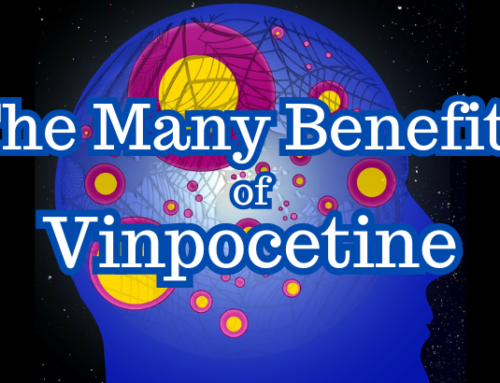
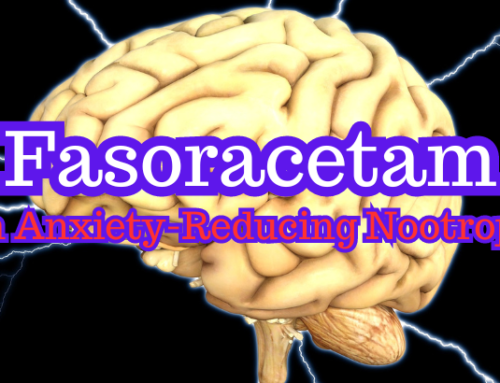
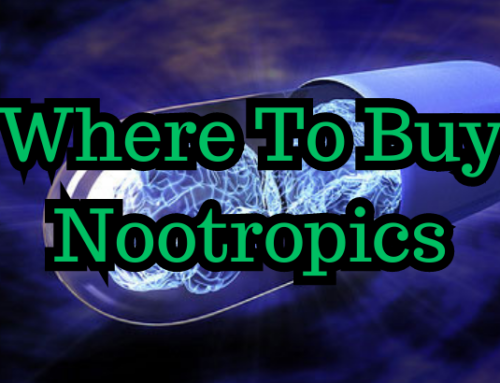
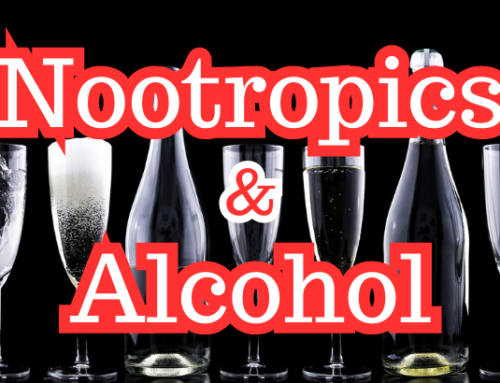
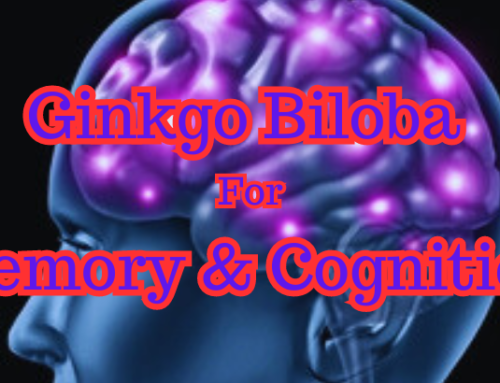

Leave a Reply